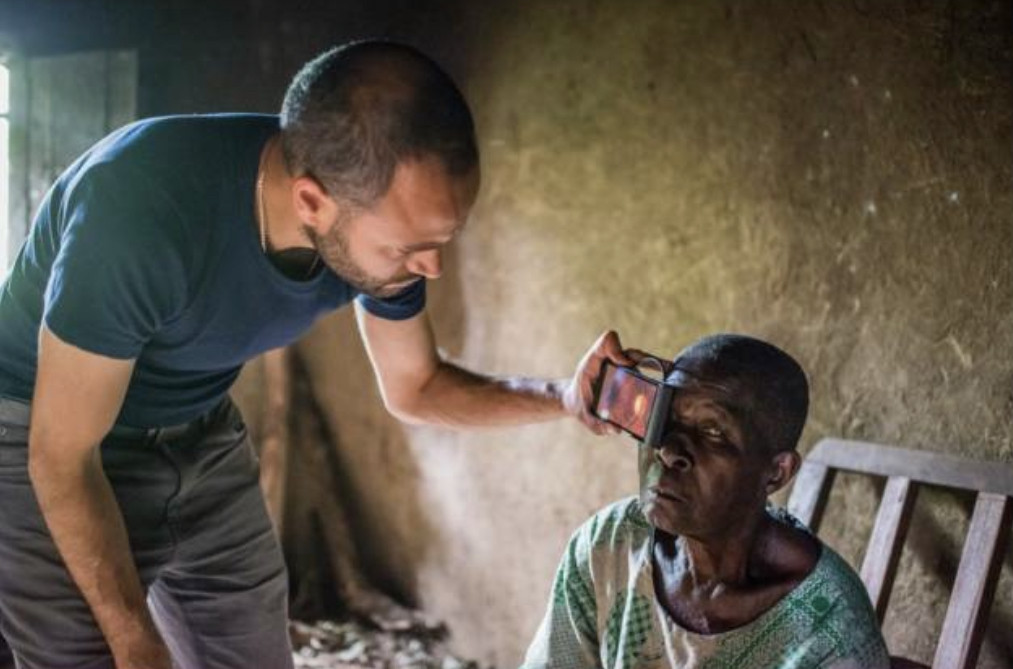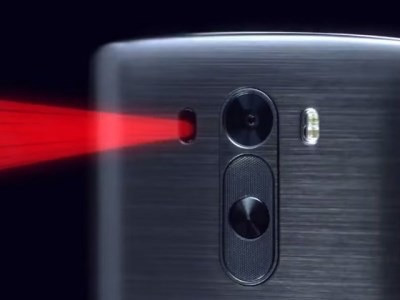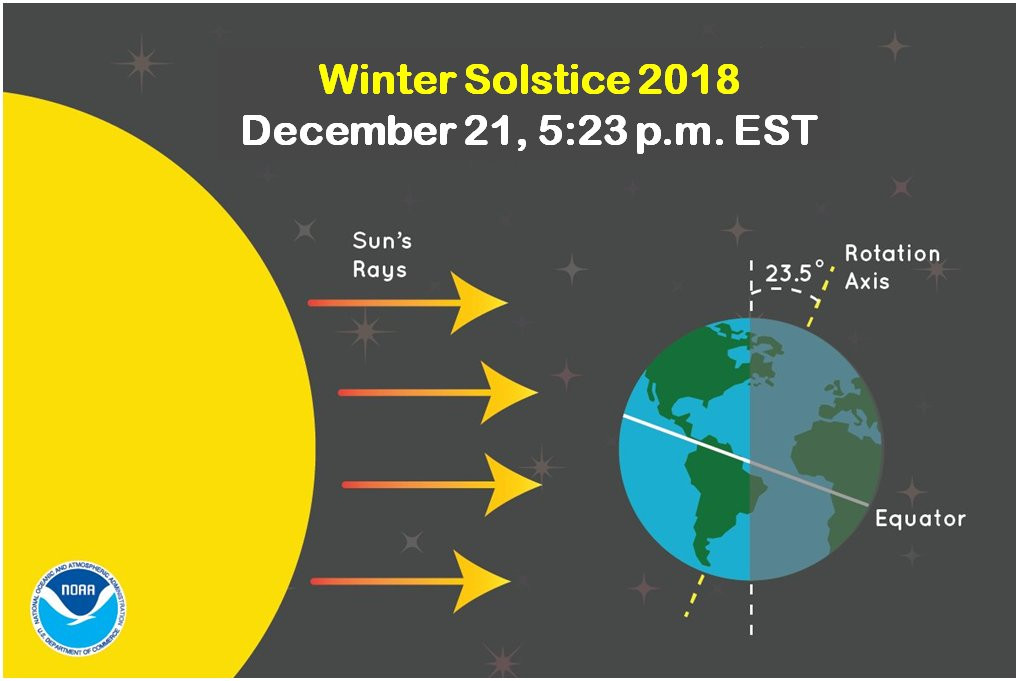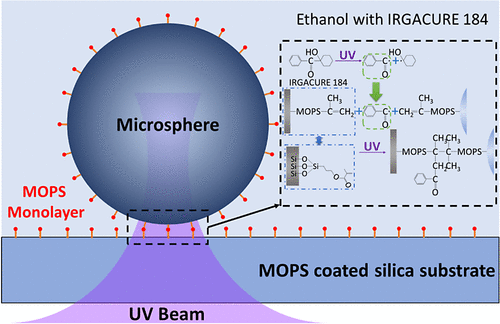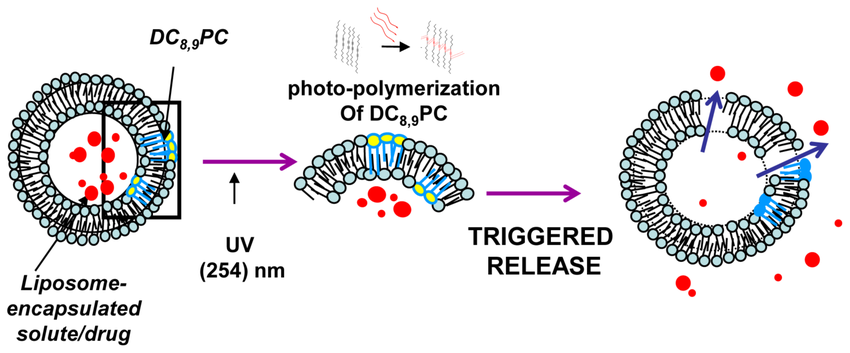FULL faith in Jesus Christ! Trump Loyalist. JFK fan. Blessed to be part of The Great Awakening. WWG1WGA! #FamilyIsEverything #TRUMP2023
From Bob Dylan’s Theme Time Radio Hour Yuletide Extravaganza Edition:
“Christmas was abbreviated to “Xmas” because X is not the Roman letter X, but the Greek letter “Chi”, it stands for the first letter of Christmas. The abbreviation became popular during the day when type was set by hand and when it was easier to put one letter to represent Christ.. no disrespect was intended.”
Merry Xmas, Patriot 🙏
A/C hi
A/C hr is t mas
When the AC is oscillating in the range of 3 kHz to 300 GHz it is referred to as radio frequency (RF). Thus, all RF is AC, but not all AC is RF. Ultimately, ions are controlled and measured in a mass spectrometer through the application of DC and AC, often in the RF range.
😉👉🏻❤️
Love life, why am I here, why did I find you? 💖🌠✨WWG1WGA 🇺🇸 🌎💗
Interesting, I was just on Ebay searching for a HZ meter (if such a thing) so I can check the collection of music I have and discard the discord. 😎
Smartphones are playing an increasing role in the sciences, owing to the ubiquitous proliferation of these devices, their relatively low cost, increasing processing power and their suitability for integrated data acquisition and processing in a ‘lab in a phone’ capacity. There is furthermore the potential to deploy these units as nodes within Internet of Things architectures, enabling massive networked data capture.
Hitherto, considerable attention has been focused on imaging applications of these devices. However, within just the last few years, another possibility has emerged: to use smartphones as a means of capturing spectra, mostly by coupling various classes of fore-optics to these units with data capture achieved using the smartphone camera. These highly novel approaches have the potential to become widely adopted across a broad range of scientific e.g., biomedical, chemical and agricultural application areas. In this review, we detail the exciting recent development of smartphone spectrometer hardware, in addition to covering applications to which these units have been deployed, hitherto. The paper also points forward to the potentially highly influential impacts that such units could have on the sciences in the coming decades.
The authors go on to anticipate telemedicine for global healthcare, mediated via mobile phones. A more recent review of the field has tracked how the Moore’s law type, doubling every two years or so, of the Megapixel count of phone cameras, has expedited the uptake of smartphone imaging in microscopy (fluorescence, dark-field and bright-field), enabling imaging and detection of individual viruses and single DNA molecules [2]. In terms of point of care applications, eye health has featured too, in particular involving an adapter attached to a smartphone camera, to enable imaging of the optic nerve and retina, which is of importance in the diagnosis and monitoring of a variety of conditions including glaucoma, macular degeneration, hypertension and malaria. In an exciting recent development, this technology has been applied in a Kenyan context, with a view to expanding the reach of eye care in the developing world [3,4] (Figure 1).
Here we show that liposomes containing calcium, adenosine triphosphate, or carboxyfluorescein are tethered to plasmon-resonant hollow gold nanoshells (HGN) tuned to absorb light from 650–950 nm. Picosecond pulses of near infrared (NIR) light provided by a two-photon microscope, or by a stand-alone laser during flow through microfluidic channels, trigger contents release with spatial and temporal control. NIR light adsorption heats the HGN, inducing vapor nanobubbles that rupture the liposome, releasing cargo within milliseconds.
21 May 2020 — The large S protein within the SARS-CoV-2 lipid membrane is essential for the virus to attach to and enter uninfected cells
Not a scientist, nor do I claim to be one...T-shirts, blue jeans, baseball hats and beer...Stealer of fine memes...Frequent F-bombs 😬🤣
Yeah, but it's the flu...it was renamed for effect.
The fact remains, 99.99% of people survive the flu.
Personnel traveling to either the Northern or Southern Hemisphere during that hemisphere's influenza season should be vaccinated at least two weeks prior to entry into the region. Northern and Southern Hemisphere influenza vaccines should be separated by at least 28 days
Purified influenza virus particles contain high levels of cholesterol: 44% of the total virus lipid is cholesterol, which represents ∼11 to 12% of the total mass of the virion (10, 22, 29). In addition to influenza virus, many other viruses are known to utilize lipid microdomains during budding.
Positively charged nanoparticles ((+)NPs) composed of cationic lipids posses the ability to bind and condense siRNA through electrostatic interactions and to deliver the payload across the cellular membrane into the cytoplasm of target cells [20].
scam (third-person singular simple present scams, present participle scamming, simple past and past participle scammed)
(transitive) To defraud or embezzle.
They tried to scam her out of her savings.
Synonyms
con

